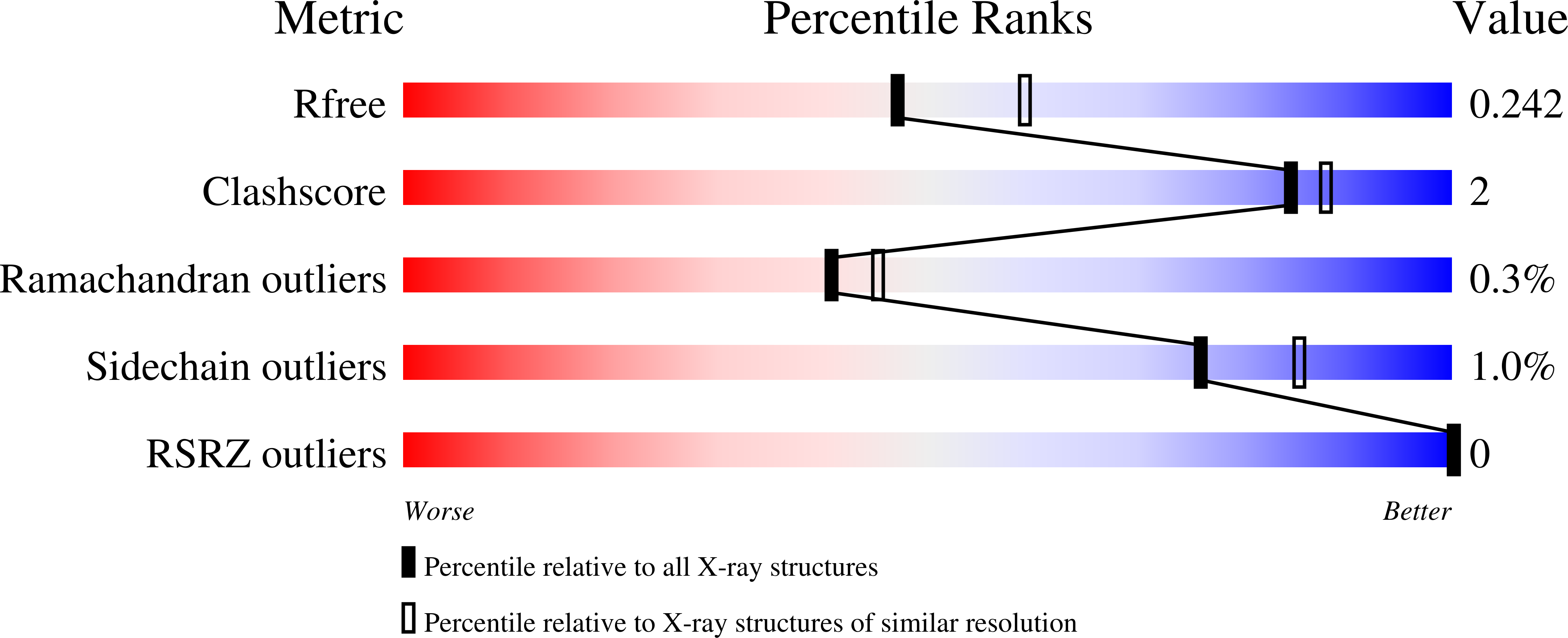
Deposition Date
2020-05-12
Release Date
2020-11-11
Last Version Date
2024-12-25
Entry Detail
PDB ID:
6WYH
Keywords:
Title:
Crystal structure of Human H-chain Ferritin variant 157C Delta C-star Modified with a RAFT Agent Soaked in an Acrylate Solution
Biological Source:
Source Organism:
Homo sapiens (Taxon ID: 9606)
Host Organism:
Method Details:
Experimental Method:
Resolution:
2.22 Å
R-Value Free:
0.24
R-Value Work:
0.19
R-Value Observed:
0.19
Space Group:
H 3 2


